Cannabis mutations

Content
- Introduction
- Why do mutations occur?
- How might the mutation affect cannabis?
- Can cannabis mutations occur in clones?
- Examples of common cannabis mutations
- References
Introduction
A mutation is a random change in the nucleotide sequence or organization of the DNA (genotype) or RNA of a living being, which leads to a change in its characteristics. DNA and RNA are polymers formed by long chains of nucleotides. For the most part, these changes affect only a single nucleotide or a very small section of DNA out of the billions of nucleotides that make up the genome, but they are responsible for the genetic variability that can be seen in all species. Without mutations, we would all be the same and, most importantly, there would be no opportunities for evolution and adaptation.
Thus, using the simplest terms, a mutation is understood to mean "errors" in the genetic code of cannabis, due to which the plants do not develop as expected.
Why do mutations occur?
The structure of the DNA double helix contains a sugar phosphate skeleton and pairs of nitrogenous bases (adenine-thymine-guanine-cytosine), which are connected to each other by means of hydrophobic interactions. Changes in the DNA sequence occur during cell division when the DNA machinery makes a mistake that cannot be corrected. Cells have repair mechanisms that check all base pairs (adenine paired with thymine and cytosine paired with guanine), but these mechanisms can sometimes go wrong and give the wrong combination, resulting in a mutation.
However, some mutations go completely unnoticed because the mismatched pair will continue to produce the same amino acid (this is known as the “balance hypothesis”). In addition, mutations can occur in different ways: base insertions, deletions, or substitutions. Mutations can occur randomly during cell division, but they can also be caused, for example, by exposure to certain chemicals. In general, there are two different types of mutations: germline mutations and somatic mutations. Unlike somatic mutations, germline mutations can be transmitted to subsequent generations.
How might the mutation affect cannabis?
A mutation can be both beneficial and harmful, and can even go unnoticed. All living things, including cannabis plants, must meet certain criteria related to their genetics and DNA in order to grow properly and be stable.
Changes to a plant's DNA can affect many areas, including its structure, color, leaf shape, germination rate, cone location, overall yield, photosynthetic capacity, and more. However, most mutations that do not cause deformations force the plant to develop in an unusual way, but without harming its health.
This means that due to mutations, plants can have leaves of different colors, an odd number of tops or even more branches than there should be. The truth is that although most growers prefer to grow plants that are not deformed, watching the growth of a mutated plant can be both informative and interesting.
A variety prone to mutations
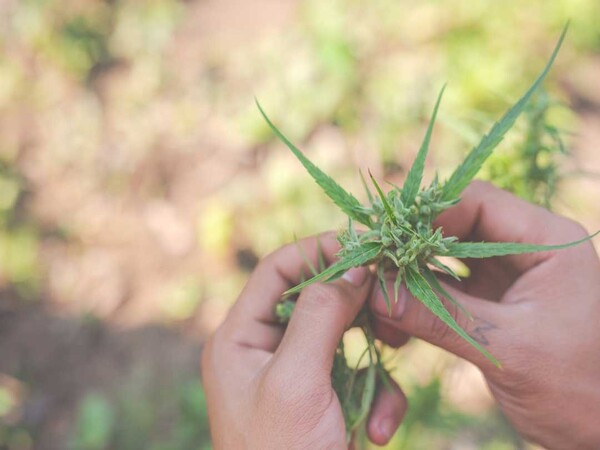
An example of how mutations spread can be seen in the Australian Bastard Cannabis (ABC) variety, which is a really weird mutation in hemp that causes the plant to have small, smooth, toothless leaves. This rare strain is believed to have been first discovered somewhere in Sydney in the 1970s. Although it originally contained a very low level of THC, breeders have significantly increased the cannabinoid content since its discovery. The unusual size, shape and texture of the leaves make ABC an excellent option for those who want to grow it in secret, as it is unlikely to be recognized by passers-by.
Several underground growers who have experimented with this variety have reported crosses that have resulted in similar characteristics to the grape, including the ability to produce spiral stems.
In addition to its rarity and extremely unusual appearance, the characteristics of the vine do not seem too favorable for cannabis and have never been bred into commercial varieties. Moreover, unfortunately, the anatomy of its leaves appears to be due to highly recessive genes, and all attempts to stabilize this feature have so far been unsuccessful.
However, more caution is needed when trying to isolate these mutations to introduce them into modern strains. There is the possibility of creating a vortex of unwanted mutations that can spread through the genetics of cannabis.
Therefore, when a breeder discovers a mutation, he crosses it until the random mutation is constantly reproduced in the complete line, and the offspring can always develop the same mutation. In any case, this is a really delicate procedure that is very difficult to carry out.
There is also a variety of Friesian duck with oddly shaped leaves that make it difficult to identify as traditional cannabis, but make it ideal for growing outdoors and in greenhouses in densely populated areas. The name "Duck" is associated with the characteristic shape of the leaves, which resembles the track of a duck, especially in the first two thirds of its life. During flowering, some of the upper leaves may have a more traditional hemp shape.
Can cannabis mutations occur in clones?
Hemp seeds are produced by sexual reproduction and contain the genes of both parents. This makes the seed and the plant that grows from it genetically unique. But cuttings cannot change their genetic imprint because the cutting is an exact copy of the mother plant. The clone even has the same cell age. A week-old plant taken from a two-month-old mother plant is actually two months old.
Obtaining petioles of the mother plant of hemp is an undeniably simple way to obtain identical samples. In those countries that have advanced further in the legalization process, this is currently the most common method of cultivation. In commercial production, where customers demand uniformity, this is truly the best option. However, there are rumors among experienced gardeners that mother plants lose their effectiveness with age. Some believe this is the result of clonal degradation, the idea that cannabis clones diverge from the parent plant's genes in subsequent generations, resulting in weaker plants that are susceptible to pests and fungi and have lower yield potential. Others note that genetic mutations can occur in clone populations as the mother plant ages and are passed on through the same cuttings. Although peer-reviewed studies examining the intricacies of hemp botany are still scarce, some studies show that phenotypic changes in hemp plant cuttings (ie, changes in physical characteristics) are caused by sporadic errors (mutations) in DNA sequencing.
In fact, the theory of evolutionary genetics known as "Möller's Ratchet" predicts that some plants are doomed to irreversibly accumulate ever-increasing harmful mutations (the genomes of asexual populations) that suppress the plants' ability to be strong and resistant to disease and pests. This is nature's way of showing its preference for sexual reproduction in plant populations.
Examples of common cannabis mutations
Twin sprouts

Sometimes hemp seeds produce two sprouts from one seed. This is one of the most common mutations you may encounter. Some strains are slightly more prone to twinning than other strains.
An experienced gardener can carefully try to separate two seedlings, taking great care not to damage the roots. Also, many growers simply leave two cannabis plants growing side by side. Often you get good results, although growing could benefit from some training to optimize light distribution/penetration and perhaps a larger plant container that can accommodate two combined root balls.
A sprout with three pairs of leaves

Some cannabis plants produce three pairs of leaves instead of the usual two. Trilobed hemp seedlings often lose their trilobed tendency as the plant matures and matures.
Three-leaved hemp is also known as whorled phyllotaxy. Such plants, as a rule, are thicker than an ordinary bush. This is a mutation that most seasoned growers have seen at some point, although the trait offers no benefits and is of little interest to cannabis seed growers.
Albino hemp

As in animals, albinism can occur in plants and is the result of a lack of pigmentation. The pigment that normally gives cannabis leaves and flowers their green color is known as chlorophyll. Chlorophyll is an absolutely vital component in plant life, as it plays an important role in the process of photosynthesis.
Photosynthesis is the process of converting light and carbon dioxide into sugar, which plants need to survive and thrive. Chlorophyll, present in the cannabis leaf, is mainly used to absorb light. So while the white albino strains of hemp may look striking and impressive, it's actually a huge genetic defect. The pure white aesthetic is a sign of a huge lack of chlorophyll, which means that albino plants are practically unable to carry out the process of photosynthesis, and therefore cannot produce the energy necessary for survival and reproduction. If albinism appeared from the very moment of germination, then usually the seedling dies after a few days.
One of the most striking mutations in cannabis is variegation. It can have a different shape, for example, you can see a plant with white stripes on the leaves. Sometimes the leaves can be half green, half white, some growers report a combination of green and bronze colors. Despite the beautiful visual effect, the absence of the green pigment chlorophyll means a violation of photosynthesis, which leads to a decrease in productivity.
Cones on the leaves

Another strange mutation in cannabis that always surprises growers is the formation of small tubercles on the leaves. They often form at the base of the leaf, where the leaf and its stem meet. This fascinating structural change usually occurs after bud formation on the main inflorescence. However, cones on the leaves do little to increase productivity. Some growers remove the leaf buds so that the biochemistry of the leaves functions in a more normal direction. But many others are happy to leave them in place and show them to colleagues.
Polyploidy
Polyploid cannabis is a topic of considerable interest to cannabis growers and breeders, as it holds some appeal in terms of potential increases in both yield and potency. Cannabis chromosomes usually come in pairs: one from the male and one from the female. Triploid cannabis has 3 sets of chromosomes, tetraploid cannabis has 4 sets of chromosomes.
The most common banana in the world is a triploid, deliberately created by breeders, which cannot form seeds, the fruit yield is higher (who needs bananas with seeds?), and the growth is more stable. This variety of banana is propagated only by cuttings. Polypolism is widespread in the plant world, but less common in animals. Polyploid cannabis will likely become available at some point in the future. If (or better to say "when") this happens, serious bonuses await growers in the form of more powerful cones and higher yields.
Bald tails

Bald tails, sometimes called second internodes, are a condition in which cannabis buds form thin ridges, often only one or two cups wide. Without a doubt, this is one of the most beautiful mutations of cannabis, especially when the buds have a fat layer of shiny trichomes. However, this does not improve productivity.
Under normal conditions, cannabis flowers look round and dense. Some of them become tall and narrow depending on genetics, but at the same time remain compact and dense to the touch. To prevent the appearance of bald tails on cones, you need to know exactly what causes this strange process. The main factor responsible for this is temperature stress. If your light is too intense, too close to the cones, or produces too much heat, it can cause bald tails. If temperatures rise too high or fall too low, growth can be stunted and yields will suffer. Hemp plants prefer slightly different temperature ranges at different stages of the growing cycle. Brief information on temperature regimes is presented below:
Germination phase: 20-25°C.
Vegetative phase: 22-28°С.
Flowering phase: 20-26°C.
If the temperature in your room, conservatory or garden exceeds these temperatures for a long period of time, you may just see foxtails start to appear.
There is no growth point

Another unusual cannabis mutation you may see is the absence of a growth tip in your cannabis seedling. These are rare and there is little you can do to restore the plant to normal growth. You have two options: one is to simply get rid of the plant. Second, keep it and hope that the lateral shoots (side branches) compensate for the (possible) lack of traditional central flowering.
Conclusion
In our research, we focused on hemp mutations and their effect on the plant. Based on the results, it can be concluded that the presence of mutations in hemp does not really depend on the seed producer. Rather, it is the result of external factors and complex genetic processes. Mutations in hemp can take many forms, and they can have both positive and negative effects on the plant. However, it is important to understand that mutations are largely the result of random changes in genetic information, and the influence of humans, in this case the seed producer, is limited to them.
References
1. Clark, RK and Merlin, MD (2013). Hemp: Evolution and Ethnobotany. University of California Press. (A book that contains information on the genetics and evolution of hemp).
2. Rousseau E.B. (2007). The history of cannabis and its preparation in sagas, science and legends. Chemistry and Biodiversity, 4(8), 1614-1648. (Article on the history of the use of hemp and its genetics).
3. Small E. (2015). Evolution and classification of Cannabis sativa (marijuana, hemp) in relation to human use. Botanical Review, 81 (3), 189-294. (Review describing the evolution and classification of hemp and its uses).
4. Sowler, J., Stout, J.M., Gardner, K.M., Hudson, D., Widmar, J., Butler, L., ... and Page, JE (2015). Genetic structure of marijuana and hemp. PloS one, 10(8), e0133292. (Study of the genetic structure of hemp and the differences between different varieties).
5. De Meyer, E.P. (1999). Fiber hemp varieties: overview of origin, pedigree, availability and brief agronomic characteristics. Journal of the International Hemp Association, 6(2), 57-66. (Article about different varieties of hemp and their origin).
6. Lynch, R.C., Vergara, D., Tittes, S., White, C., Schwartz, C.J., Gibbs, M.J. ... and Coyle, G.M. (2016). Genomic and chemical diversity of cannabis. Critical Reviews of Crop Science, 35 (5-6), 349-363. (A review of studies related to the genomic and chemical diversity of cannabis).
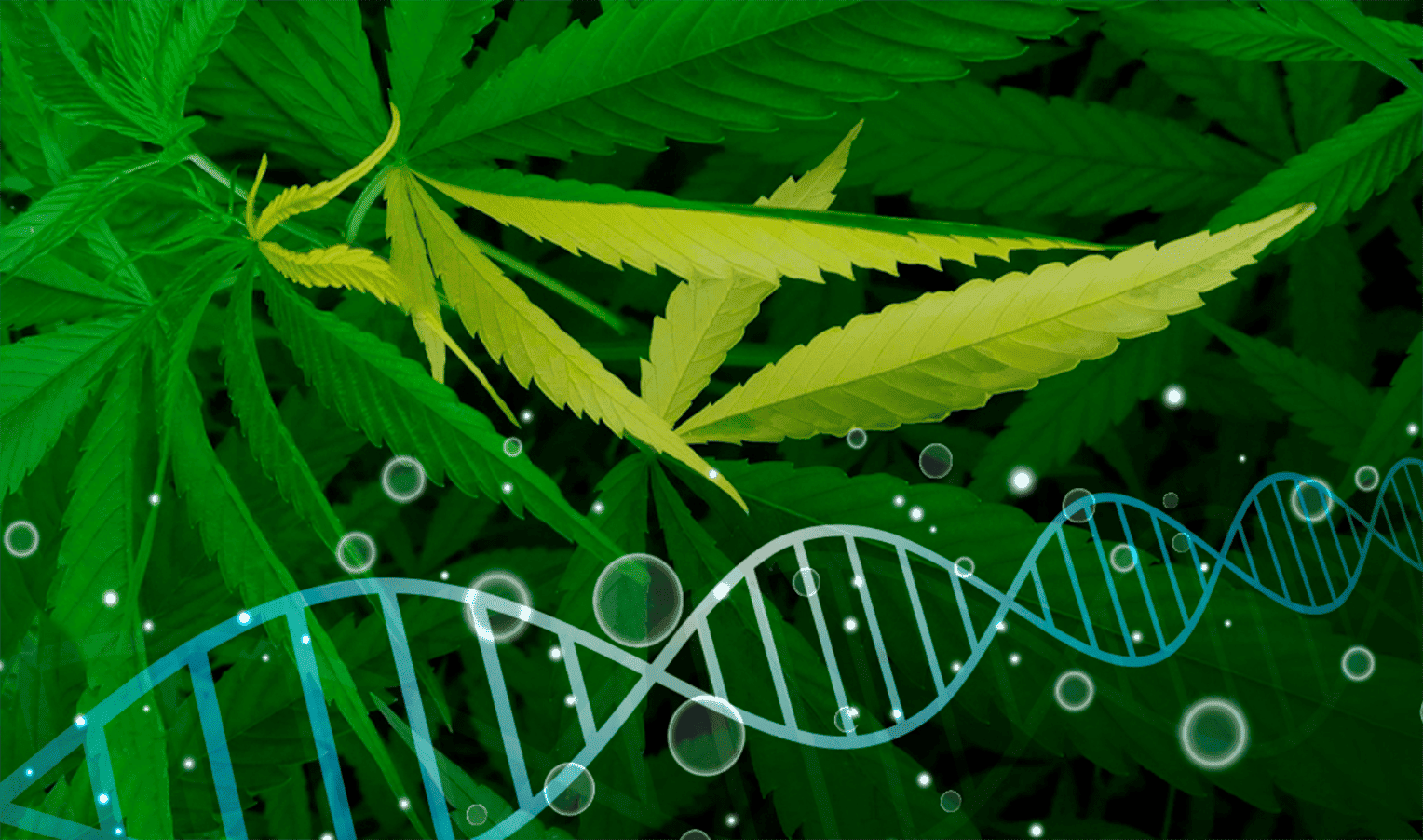

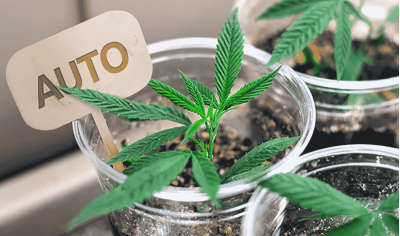
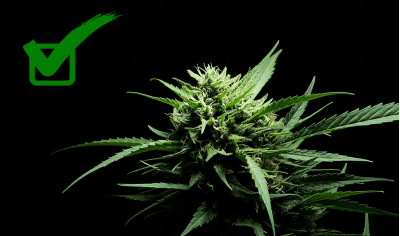
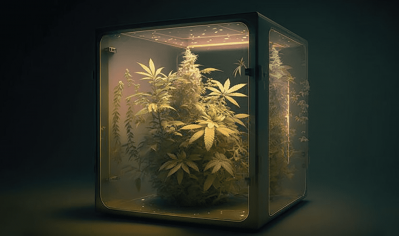
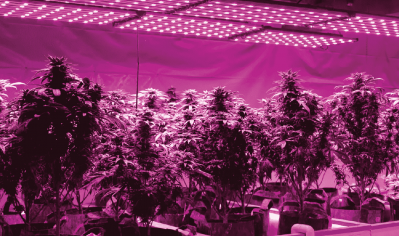
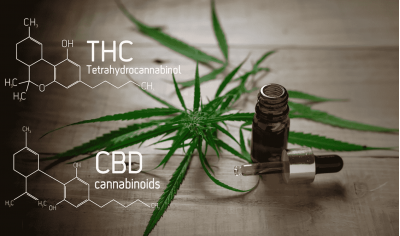
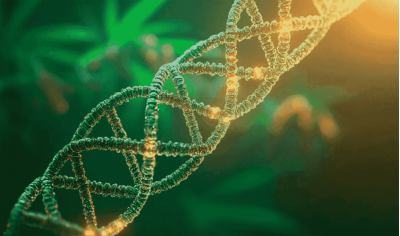


Write a comment